Meet Ryan Kuna | Cinematographer
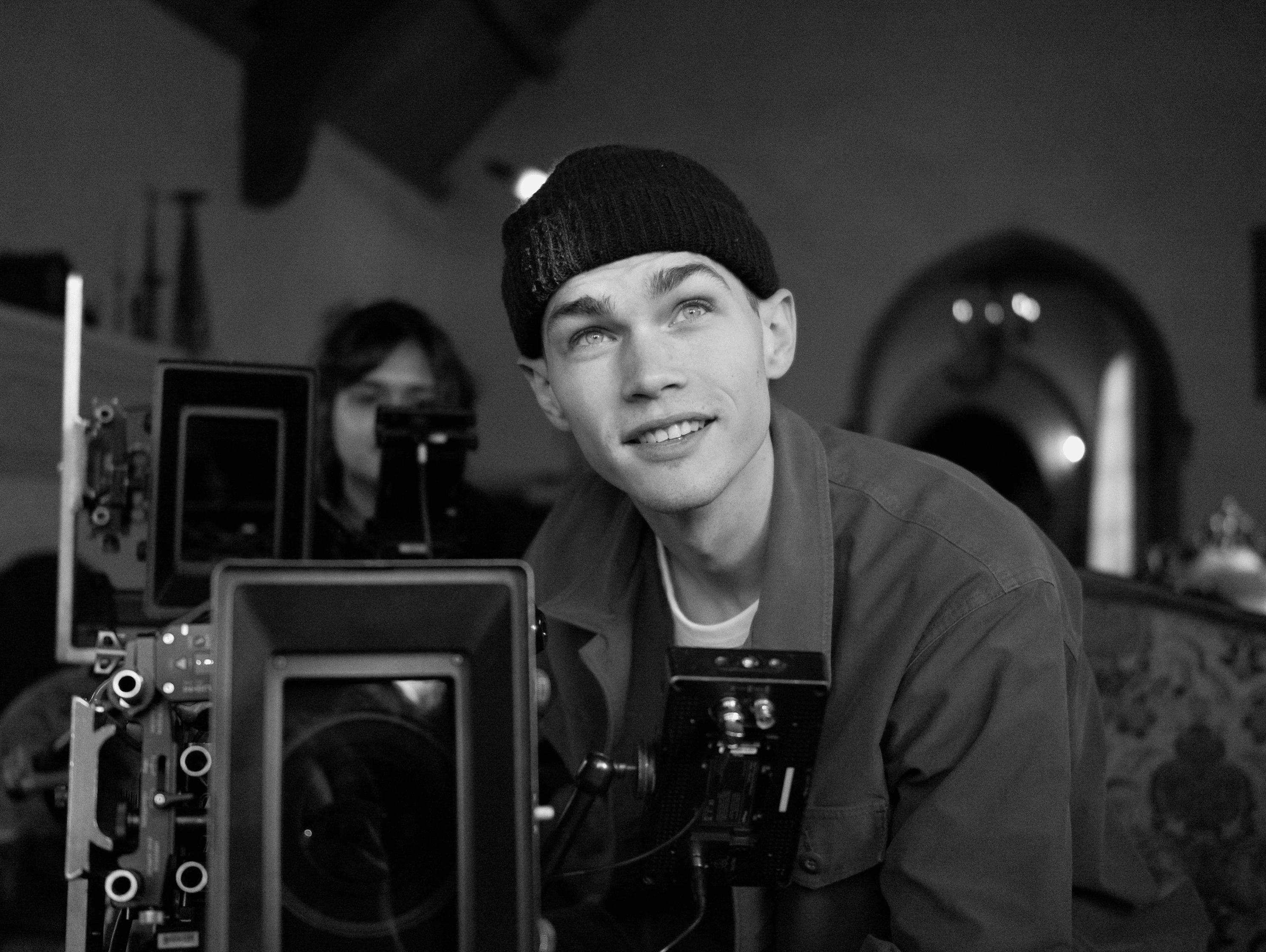
We had the good fortune of connecting with Ryan Kuna and we’ve shared our conversation below.
Hi Ryan, let’s start by talking about what inspires you?
I’m always in awe of the cinematography of the masters. Jeff Cronenweth, Roger Deakins, Harris Savides, and Wally Pfister are probably on my Mount Rushmore of Cinematographers. Taking cues from them, I gravitate towards a naturalistic style and I love when I have the opportunity to lean into stories that have some grit and darkness to them.
I also get a lot of inspiration from spending time in nature and shooting landscape photographs. When I was first starting out, I learned a lot about directing the audience’s eyes from looking at landscape photographs and paintings. Ansel Adams photographs and the Impressionists continue to be important to me.
More personally, I’ve been dealing with grief and loss in my life these past few years. While I wouldn’t call it an inspiring time, I do think it’s been very informative for me artistically. After being faced with how finite life is, it’s also shown me how our lives gain meaning. My biggest takeaway is that to live a beautiful life, we need to recognize the beauty around us and make more beautiful choices. I’m hoping to explore that more in my future work.
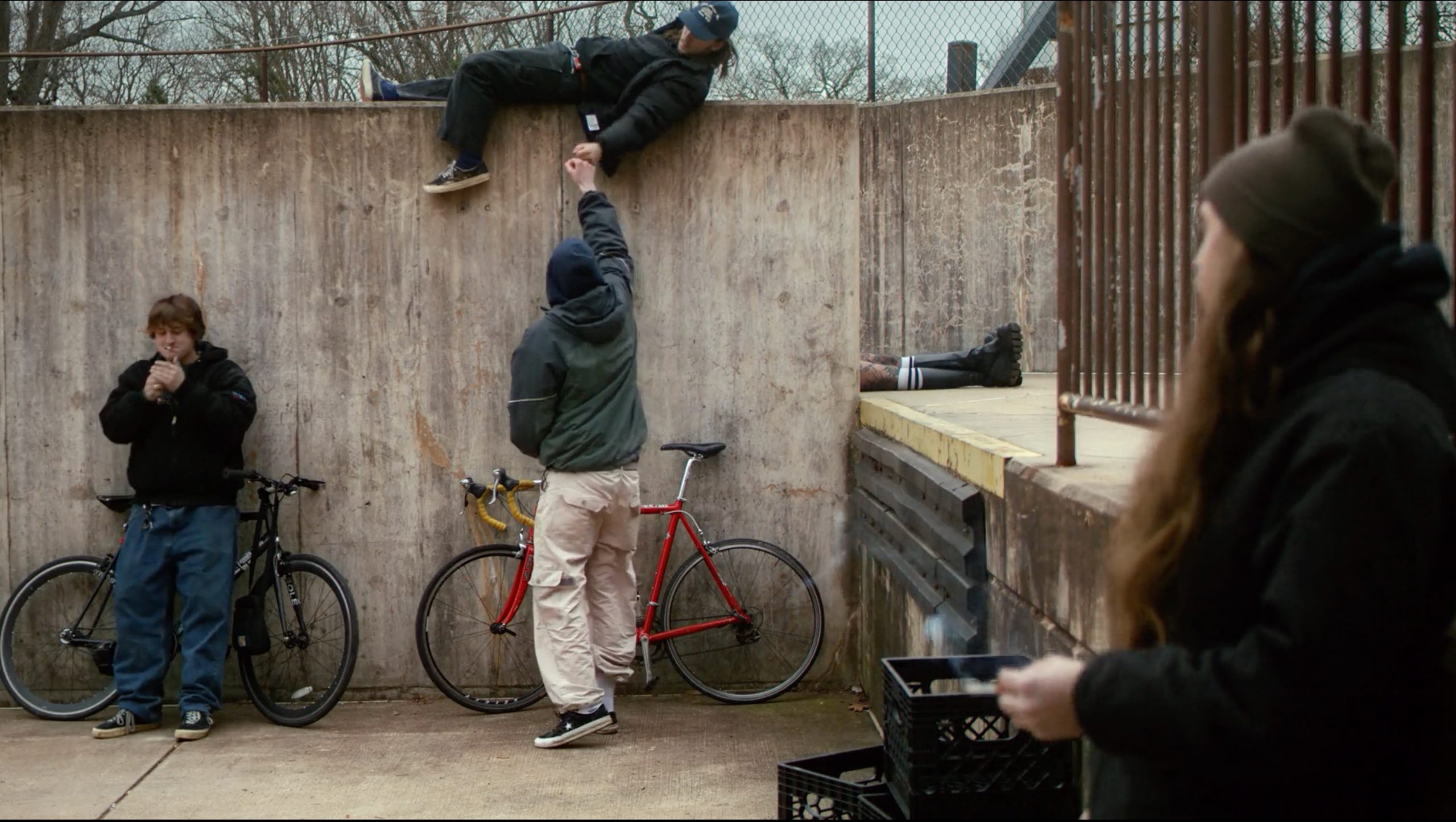
Let’s talk shop? Tell us more about your career, what can you share with our community?
Lighting has been a really important part of my journey. As a DP, when I’m breaking down a script, the lighting always comes first to me–that’s the element that sparks my imagination the most. I like to use light to express the themes of the story and the emotions of a given scene. I wouldn’t say I have a definitive, locked style yet. While there are certainly tonal choices I gravitate towards, I always want to serve the script and story first. I’ve been learning a lot by collaborating with various directors and DPs and embracing their visions.
I took a more traditional route of pursuing a career as a cinematographer by studying film in undergrad at Temple University in Philly and then grad school for cinematography at the American Film Institute. Since graduating from AFI in 2021, I’ve been working as a cinematographer and gaffer on different sets in LA. Working in film isn’t easy – but being kind and working hard has gotten me to where I’m at now.
One lesson that I learned early on but still believe today is that the only stupid question is the one you don’t ask. Film sets can be intimidating when you’re first starting out. But when questions are posed thoughtfully on set, folks are often inclined to share their knowledge with you. I’ve gained so much from the wisdom of others, so I try to do the same when I’m asked a question on set that I can help someone answer.
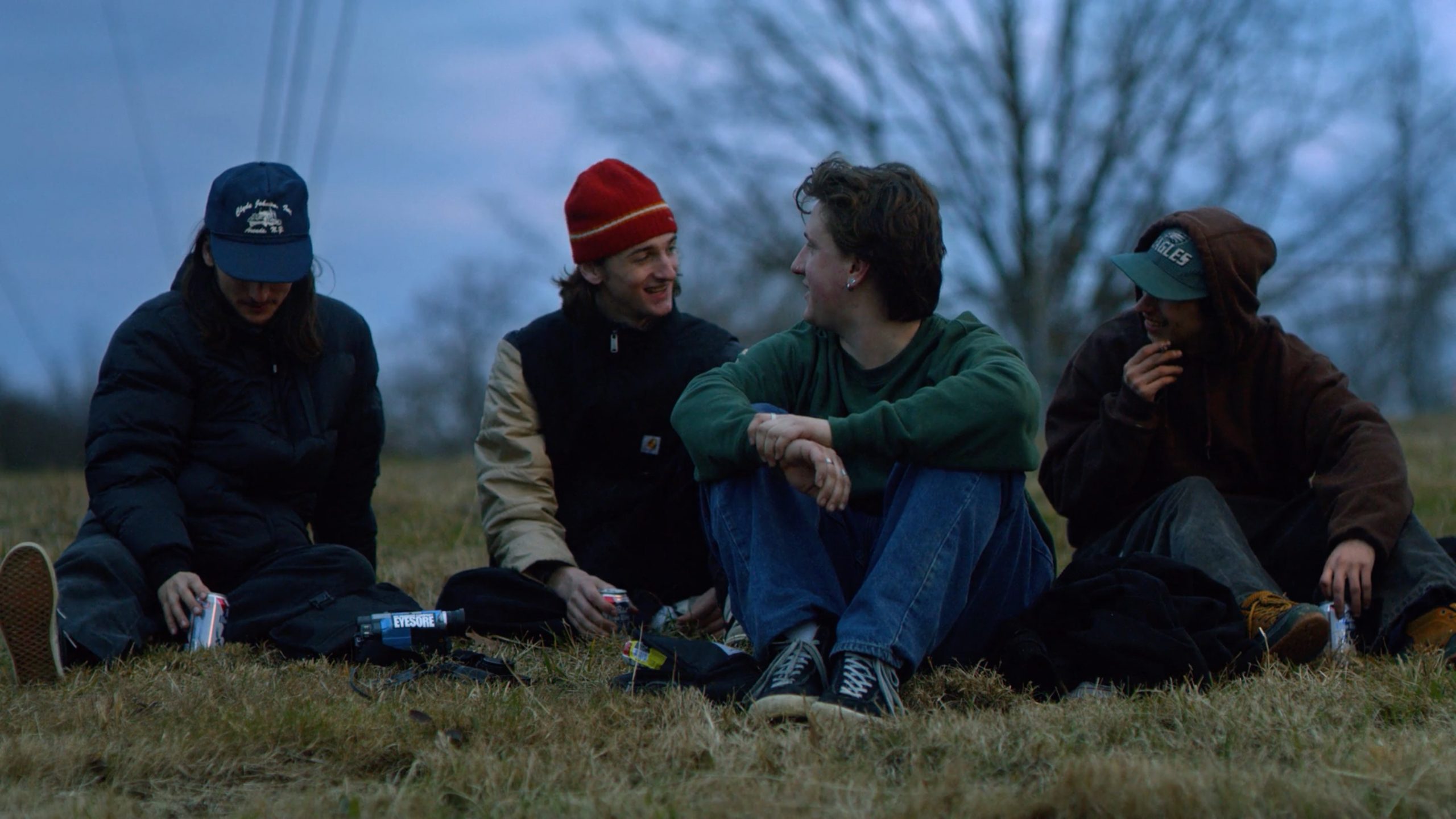
If you had a friend visiting you, what are some of the local spots you’d want to take them around to?
I’m a big baseball fan so I’m likely going to take them to Dodger Stadium or out to Angel Stadium in Anaheim. We’re definitely going to hit a film screening somewhere. My favorite theaters are The New Beverly, the American Cinematheque, and Braindead Studios. Lastly, I’d take them to do some hiking out in Malibu or in the Santa Monica Mountains.
For meals, we’re hitting Pine and Crane, The Douglas, Prime Pizza, Lowboy, and Jeff’s Table.
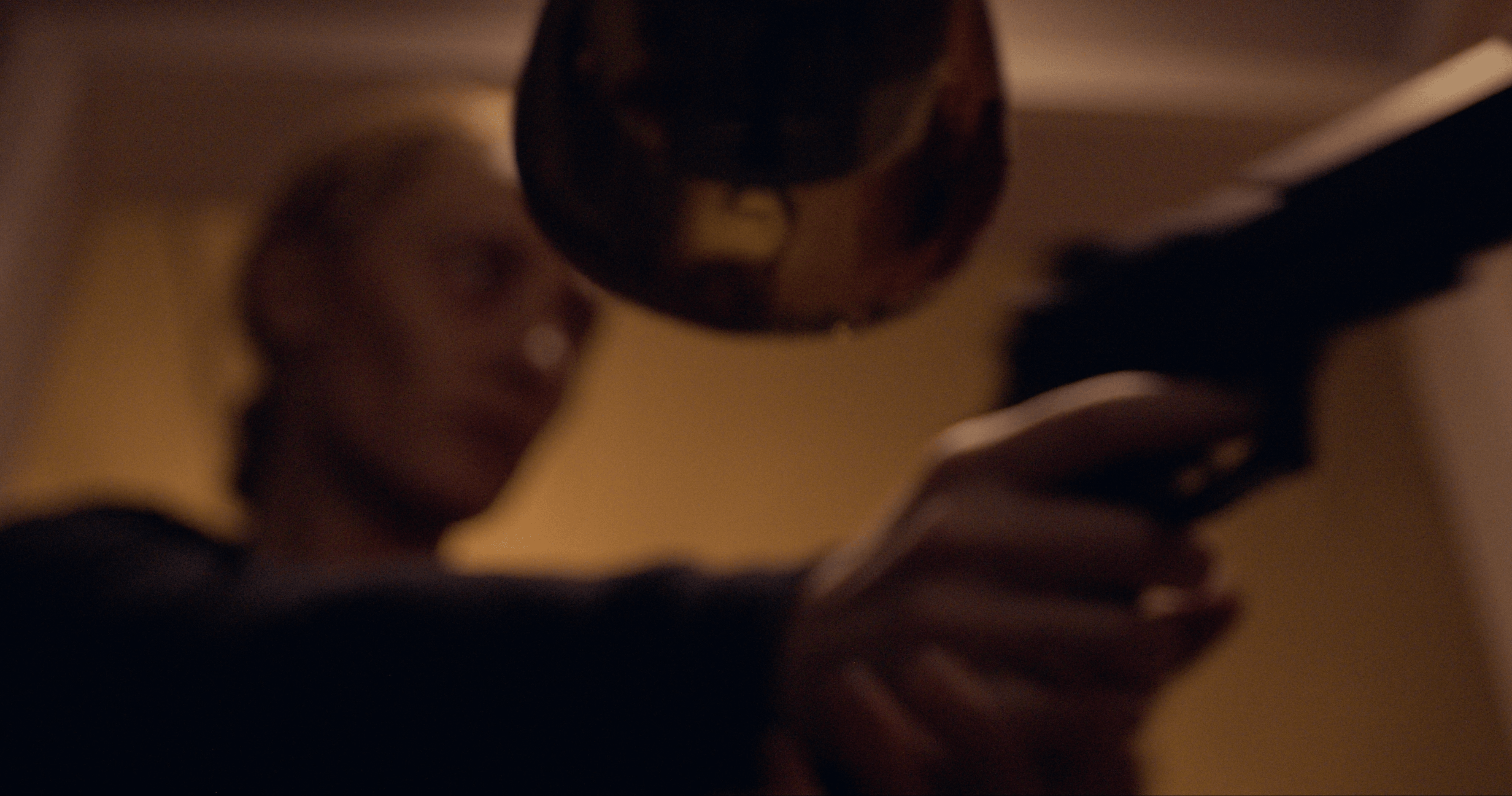
Who else deserves some credit and recognition?
In the summer of 2016, I met Cory Geryak while volunteering as a grip, on a small independent feature he was shooting in Pennsylvania. Prior to transitioning to his current position as an esteemed cinematographer, Cory had a storied career as a chief lighting technician.
Cory and I were in very different places in our careers–I was one year into film undergrad while he was at the peak of his career, having lit films including The Dark Knight, Inception, and Her. Despite my inexperience, Cory was very kind to me on that job. He answered all my questions at the end of the shoot days, and shared insights into working in the lighting department and details of the craft of lighting for film. The skills I gained working for Cory directly inform how I approach lighting today.
While I was studying at the American Film Institute, I had one semester of cinematography critical analysis under Bill Dill, ASC. The class was focused on building visual storytelling skills. Each week, Bill critiqued our films and through that taught us the social, political, and spiritual impact that cinematographers can make on an audience. The wisdom Bill shared in these lectures helped me mature into a more decisive, empathetic, and overall smarter cinematographer.
In addition to my mentors, I have learned so much from my collaborations with other technicians. My gaffer Dan Brady and my steadicam operator Luke Rihl are my go-to’s for a reason. I can always count on them to have a positive attitude on set, be solution oriented when we’re problem solving, and to, quite frankly, always give a damn.
I’m grateful to the cinematographers who trusted me as their gaffer and provided me with opportunities to experiment, refine, and expand my lighting abilities. I’m so proud of our collaborations. Amanda Ferrarese, Steve Mangurten, Elisa Souza, Christian D.K. Long, Zack Wallnau, and many more.
Lastly, I’d like to thank my parents, my brothers, my closest friends, and my girlfriend for their support of me.
Essential reading for the cinematographer: The Obstacle is the Way by Ryan Holiday, Chapter 4 of The Negative by Ansel Adams, The Set Lighting Technician’s Handbook by Harry C. Box, and The War of Art by Steven Pressfield.
Website: https://ryankunadp.com/
Instagram: @ryankunadp


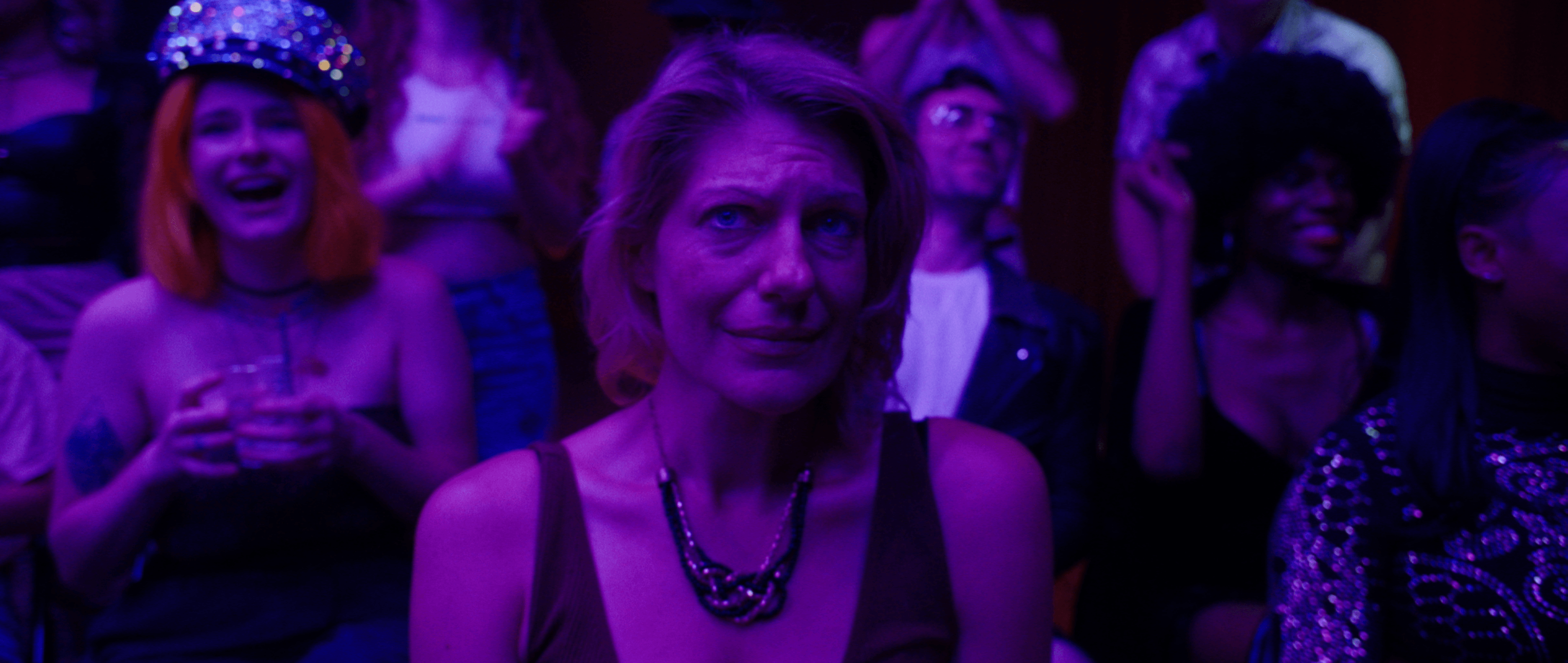

Image Credits
Zack Wallnau, Dickey Valerio
